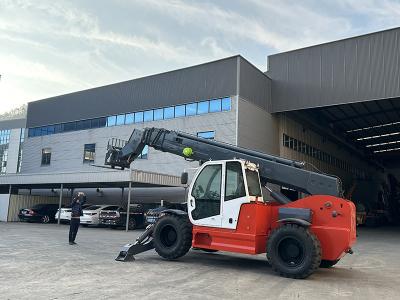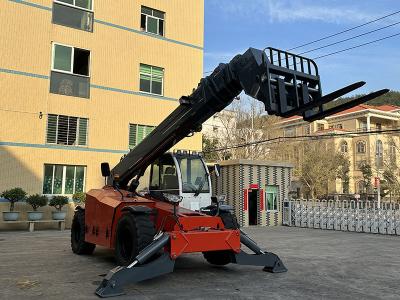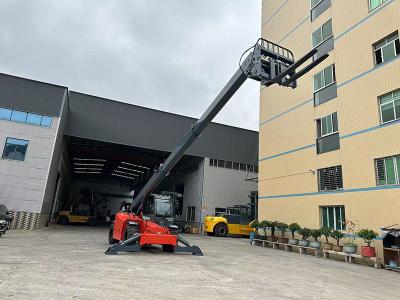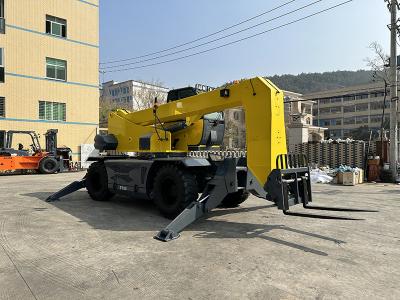Models of small loaders
The small wheel loader is based on the analysis of the execution system functions of large loader machinery, and has made innovative designs for loader machinery. The agricultural tractor is designed as a practical loader, which is divided into 06, 08, 10, 12, 15, 18, and 20. Different models meet the use needs of small and medium-sized construction companies.
Purpose of small loaders
The small loader is a kind of earthwork construction machinery widely used in construction projects such as roads, railways, buildings, hydropower, ports, and mines. It is mainly used for shoveling soil, sand, lime, coal and other bulk materials, and can also be used for light shoveling operations on ore, hard soil, etc. Replacing different auxiliary working devices can also carry out bulldozing, lifting and loading and unloading of other materials such as wood. In road construction, especially in high-grade highway construction, small loaders are used for filling and excavation of roadbed projects, asphalt mixture and cement concrete material field aggregation and loading operations. In addition, it can also carry out operations such as pushing soil, leveling the ground and towing other machinery. Since small loaders have the advantages of fast operation speed, high efficiency, good maneuverability and easy operation, they have become one of the main types of machines for earthwork construction in engineering construction.
Which are small loaders?
Commonly used small loaders are classified according to engine model, transmission form, walking system structure, and shoveling and unloading methods.
1. Engine model:
① Models less than 22 are mini articulated loader.
② Models between 24 and 28 are small loaders
③ Models between 2105 and 485 are medium loaders
④ Models greater than 4100 are high-end loaders
2. Transmission form:
① Hydraulic-mechanical transmission, small impact vibration, long life of transmission parts, easy operation, automatic adjustment between vehicle speed and external load, generally used in medium and large loaders;
② Hydraulic transmission: stepless speed regulation, easy operation, but poor startability, generally only used on small loaders;
③ Electric transmission: stepless speed regulation, reliable operation, simple maintenance, high cost, generally used on large loaders.
3. Walking structure:
① Tire type: light weight, fast speed, flexible and maneuverable, high efficiency, not easy to damage the road surface, large ground contact pressure, poor passability, but widely used;
② Track type: small ground contact pressure, good passability, low center of gravity, good stability, strong adhesion, large traction, large specific cutting force, low speed, relatively poor flexibility, high cost, easy to damage the road surface when walking.
4. Loading and unloading method:
① Front unloading type: simple structure, reliable operation, good vision, suitable for various work sites, widely used;
5. Drive mode:
①, small size is generally rear-wheel drive, medium size is four-wheel drive, and high-end is hydraulic.
Main components
Including engine, torque converter, gearbox, front and rear drive axles, frame chassis.
1. Engine
2. There are two pumps on the torque converter of a small loader, the working pump (supplying lifting and dumping pressure oil) and the speed pump is also called the travel pump (supplying the torque converter and transmission pressure oil). Some models also have a pilot pump on the steering pump (supplying the pilot pressure oil of the control valve)
3. Working hydraulic oil circuit, hydraulic oil tank, working pump, multi-way valve, lifting cylinder and dumping cylinder.
4. Travel oil circuit: transmission oil pan oil, travel pump, one way into the torque converter and one way into the gear valve, transmission clutch.
5. Drive: transmission shaft, main differential, wheel side reducer.
6. Steering oil circuit: oil tank, steering pump, steady flow valve (or priority valve) steering gear, steering cylinder.
7. There are two types of transmissions: one-piece (planetary type) and split (fixed axis type).




















